05 5月 Detection method of solid inclusions in aluminum melt
The inclusions in the aluminum melt mainly include solid inclusions and gas inclusions. The solid inclusions are mainly Al2O3, AlN, Al3C4, and MgO produced by the reaction of aluminum and its alloys in the smelting process with N2, O2, and CO2 in the furnace gas. Finally oxidized to Al2O3, MgAl2O4;
The methods for removing inclusions are sedimentation—particles accumulate at the bottom of the melt, floating—inclusions float up and gather on the surface of the melt, and filtration—separating particles from the melt through porous media.
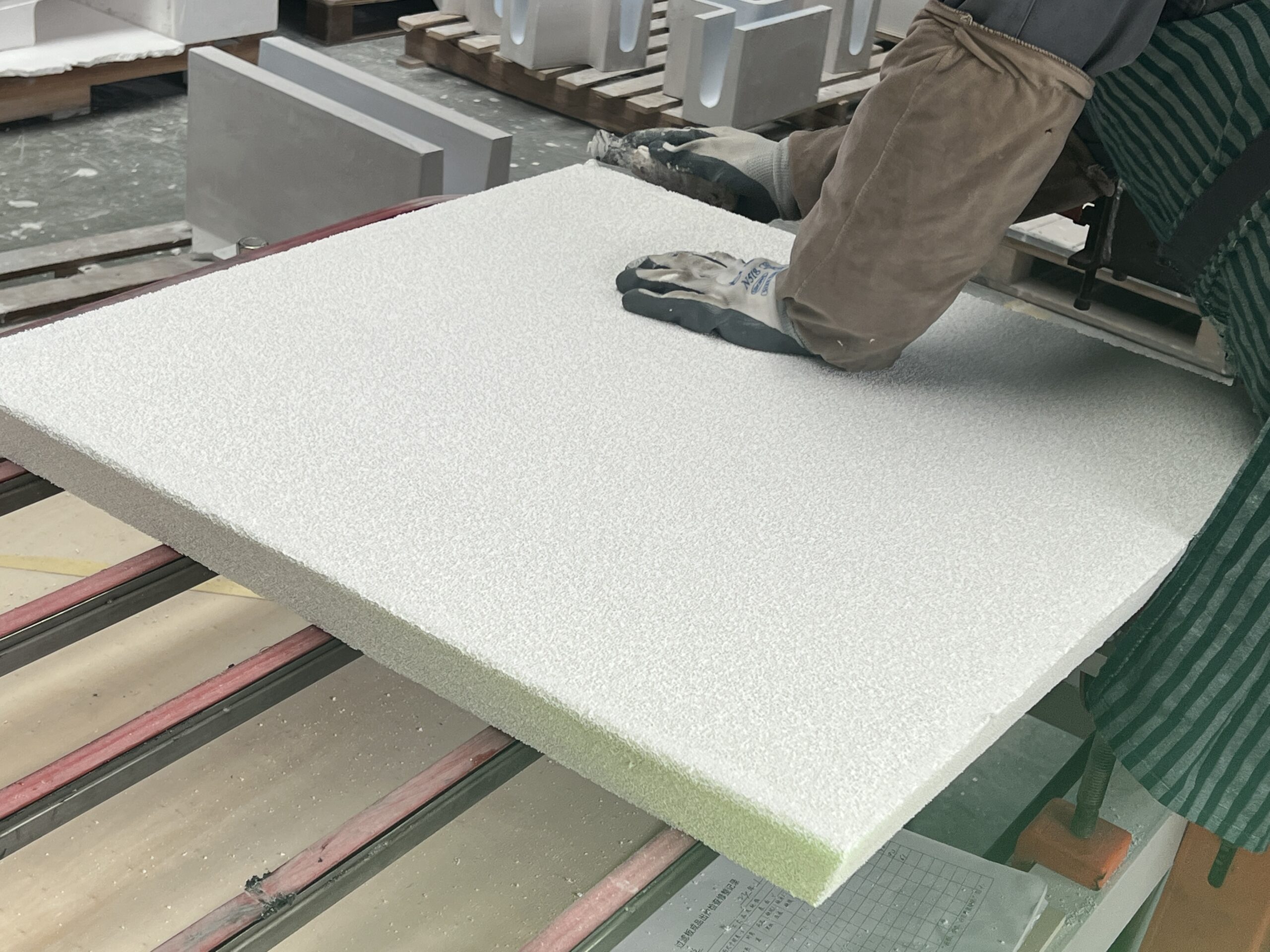
Aluminum melt ceramic foam filter
The detection methods of solid inclusions include LiMCA (Ⅲ) of electronic sensing space, PoDFA of filtration method, Prefil-Footprinter, LAIS, Qualiflash, energy spectrum analysis EDX and K-mode of fracture slag content, etc. The first three methods are the most widely known And widely used, produced by the Swiss ABB company, Asian agent Shenzhen Pyrotek.
LiMCA (Ⅲ): The metal melt purity analyzer LiMCA was first proposed by McGill University in Canada to realize the in-situ, online, and quantitative detection of the purity of metal melts. The inclusion size of LiMCA (Ⅲ) is 20μm-155μm, and the concentration (value) of 0.05-1000k/kg, or 1-100000PPB (μg/L), the length of the pulse shows the size of the inclusions, and the number of pulses shows the number of inclusions.
PoDFA (Porous Disc Filtration Analysis): Pour the alloy melt to be tested into the container, under the action of negative pressure, the melt is filtered through the foam ceramic filter, weigh the filtered clean melt, and take out the For the filter, cut its central part and conduct quantitative metallographic analysis (License) to obtain the area of inclusions on the section of the filter, and divide this area by the weight of the clean melt to get a unit of mm2/kg. This measures the purity of the melt.
Prefil-Footprinter: Aluminum liquid purity pressurized analyzer (Prefil-Footprinter), compared with PoDFA, adopts a positive pressure method to make the melt pass through the filter. In addition, it also records the melt filtration weight and filtration at the same time. Time graph. The inclusions in the metal melt will block part of the pore diameter of the filter, reducing the rate of metal passing through the filter, and the time-consuming will be longer. The current molten aluminum slag content level can be quickly known by analyzing the filtration curve. Qualitative and quantitative analysis Inclusions need to cut the ceramic filter for metallographic analysis (License), obtain the inclusion area on the filter section, divide this area by the clean melt weight, and obtain a unit of mm2/kg, which is measured The purity of the melt.


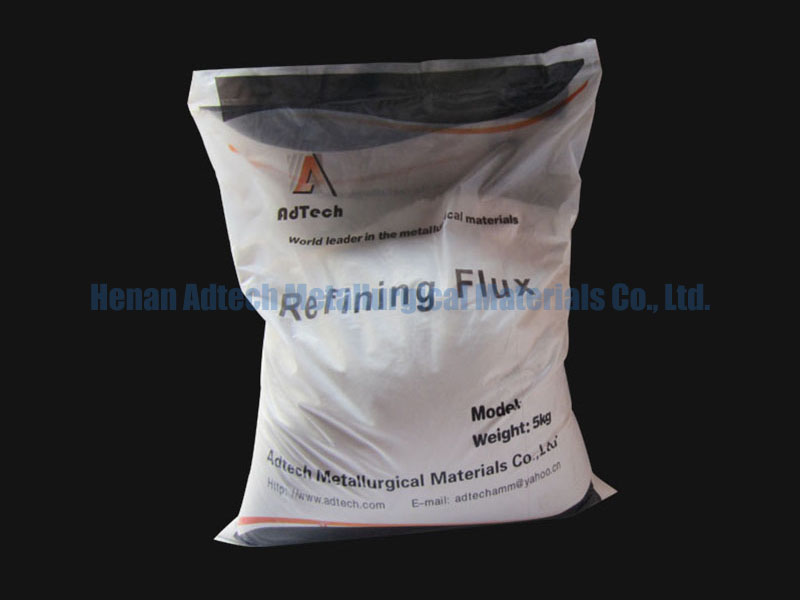
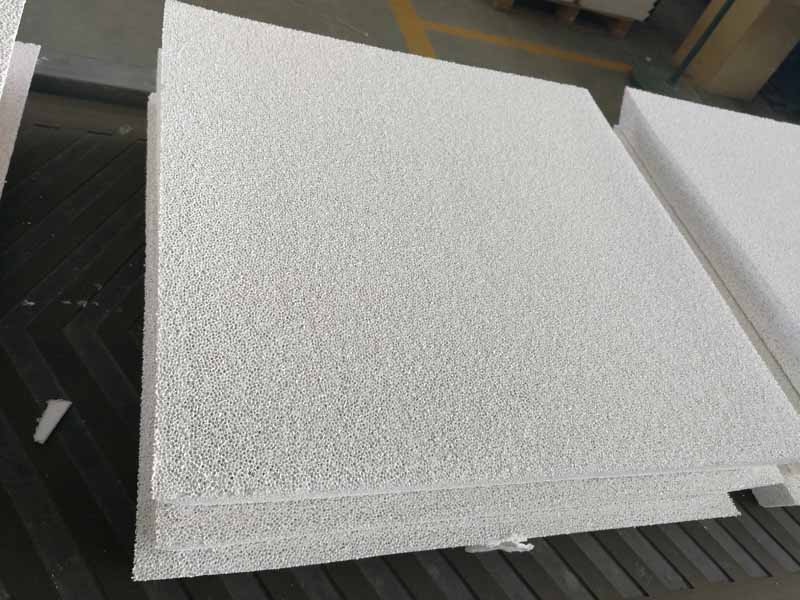
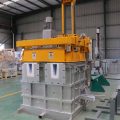
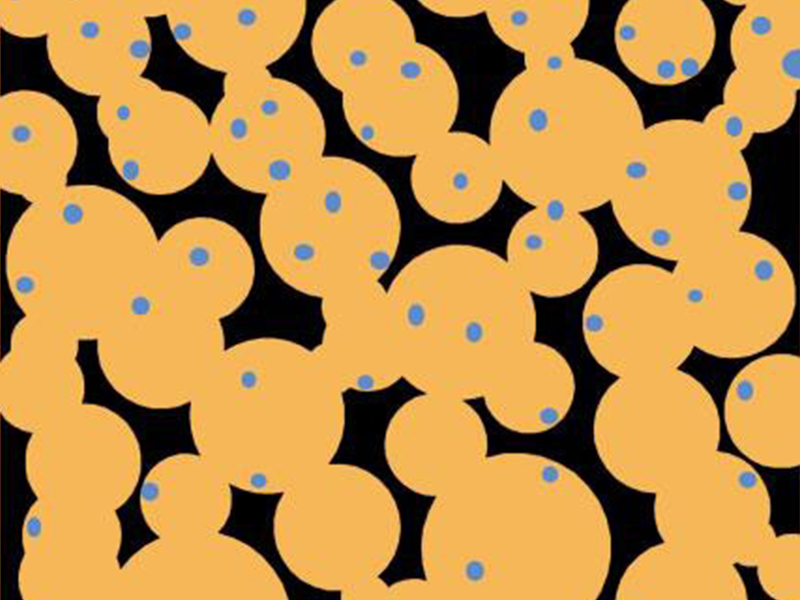
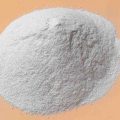
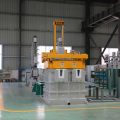
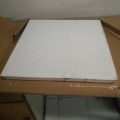
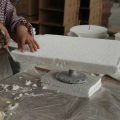
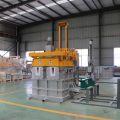
No Comments